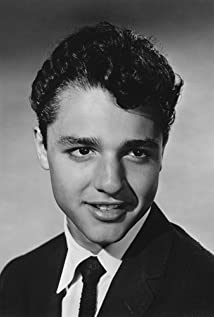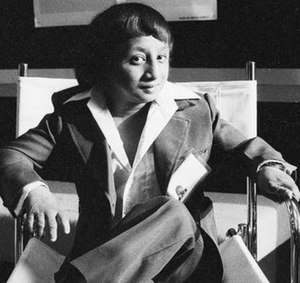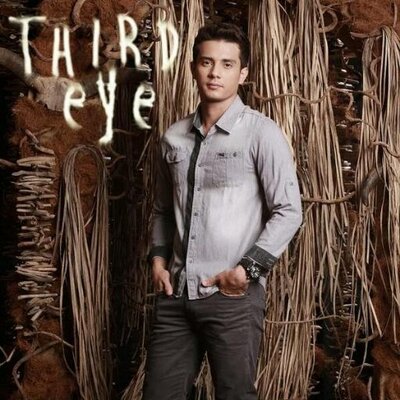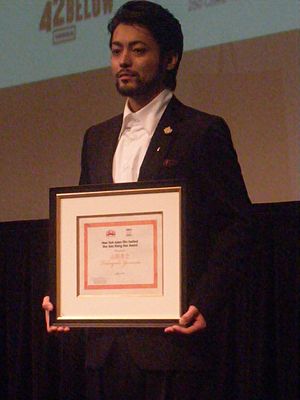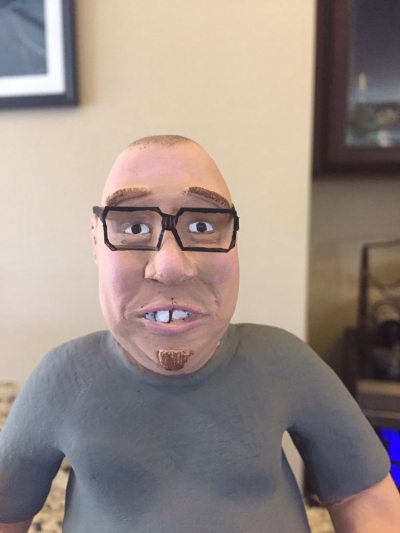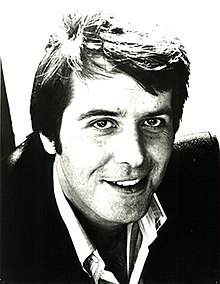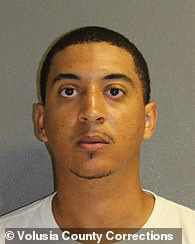Sal Mineo
Popular As Salvatore Mineo Jr. (The Switchblade Kid, The Latin Lover)
Birthday January 10, 1939
Birth Sign Capricorn
Birthplace The Bronx, New York, U.S.
DEATH DATE 1976, West Hollywood, California, U.S. (37 years old)
Nationality United States
Height 5′ 6″
#7371 Most Popular


